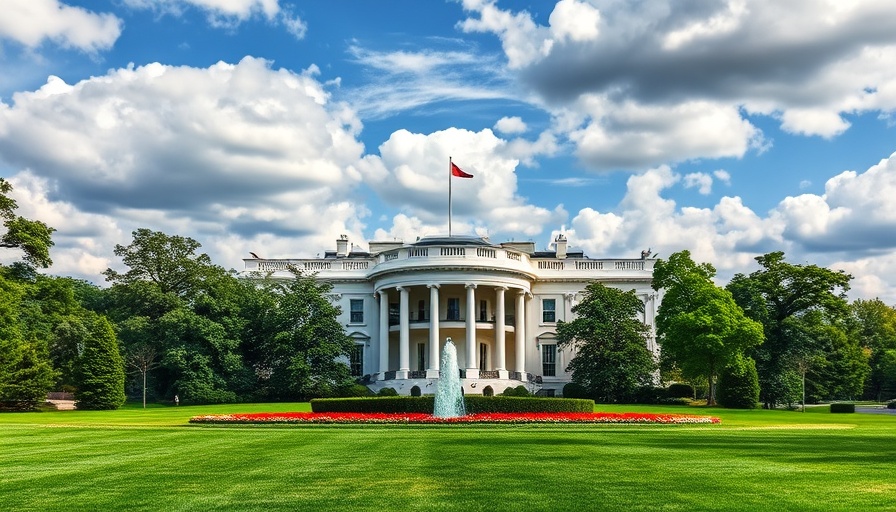
Trump’s Proposal Puts National Endowment for the Arts in Jeopardy
The recent proposal by former President Donald Trump to eliminate the National Endowment for the Arts (NEA) has sparked significant concern among arts organizations. In an unexpected turn of events, the NEA has canceled several grants that were slated to support local artists and community initiatives. This decision resonates deeply within the Philadelphia arts scene, where many rely on federal assistance to fuel creative projects that enrich local culture.
Understanding the Cultural Impact of NEA Funding
The NEA plays a crucial role in funding not just large-scale projects but also community-driven initiatives. In cities like Philadelphia, grants from the NEA can mean the difference between a vibrant neighborhood festival highlighting local artists and the complete absence of creative outlets. The grants support various programs, from educational workshops to public art installations, which foster artistic expression and enhance community spirit.
Local Responses to the Grants Cancellation
Community leaders and artists are speaking out about the ramifications of losing this vital source of funding. In a recent statement, Philadelphia's Arts and Cultural Council emphasized how NEA support helps sustain projects that directly connect with citizens. Local playwrights, painters, and musicians alike express their concerns, noting how such cuts could disproportionately affect lower-income neighborhoods, where art often serves as a lifeline for many.
A Broader Perspective on Arts Funding
While the focus is currently on the NEA, the conversation about arts funding is much larger. Many argue that investment in the arts not only cultivates cultural heritage but also stimulates local economies. According to the Americans for the Arts, the nonprofit arts sector generates $27.5 billion in revenue across the country, significantly surpassing the NEA's annual budget.
The Future of Community Arts Without Federal Support
Looking ahead, the prospect of a future without NEA funding raises tough questions for the arts community. Community leaders suggest diversifying funding sources might be a necessary step, with an increased emphasis on local grants and private donations. However, transitioning to self-sustained models is challenging, especially for grassroots initiatives that have historically depended on steady government funding.
Inspiring Local Initiatives to Keep Arts Alive
Despite the uncertainty, local artists and organizations are resilient. Philadelphians are rallying to launch campaigns to save community arts programs. Initiatives such as “Art for Every Heart” showcase how local talent can mobilize to create impactful art, proving that even in times of hardship, creativity finds a way to thrive. Artists are encouraged to share their personal stories, proving how art uplifts the human spirit and connects communities.
How Can You Support Local Arts?
This situation serves as a wake-up call for art enthusiasts and community members alike. If you cherish the arts in Philadelphia, consider advocating for local initiatives. Supporting local artists by attending their events, donating to community art programs, or even volunteering can make a significant difference. Our local culture is rich and vibrant, and its survival depends on our unity and action in times of need.
 Add Row
Add Row  Add
Add 




Write A Comment